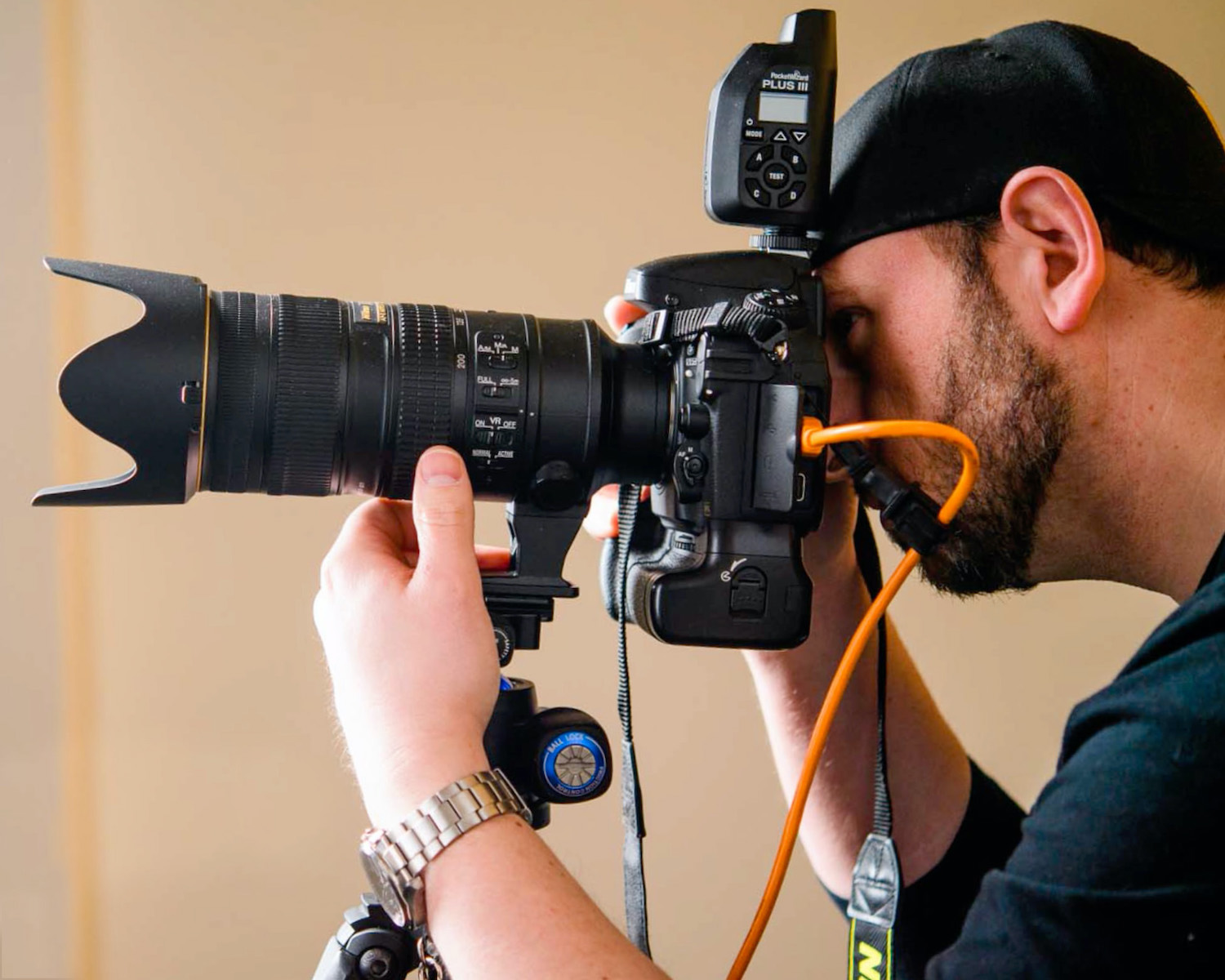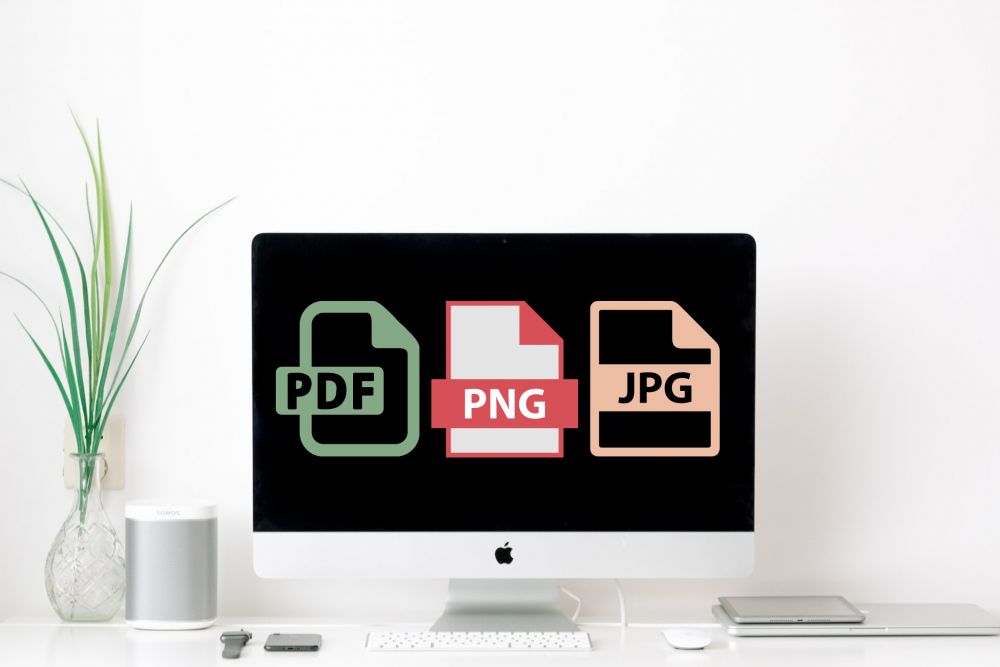Sports photography is an exciting and fast-paced field that offers many opportunities for photographers to capture dynamic images of athletes in action. However, becoming a sports photographer requires more than just a passion for photography and sports. It takes dedication, hard work, and a willingness to learn and adapt to changing conditions. In this article, we’ll explore how to become a sports photographer, from building your skills and equipment, to networking and finding work opportunities. Whether you’re a seasoned professional or just starting out, this guide will provide valuable insights and practical tips for pursuing a career as a sports photographer.
Get Your Equipment in Order
The first step in our how to become a sports photographer guide is to get the right camera gear. You’ll want to look for a DSLR or Mirrorless for sports photography as there are plenty of affordable options on the market and you can swap out lenses quickly.
Depending on the sport you plan on shooting, you’ll need a few different lenses in your kit. A “fast” lens (f2.8 or faster), is always good to have on hand, as these let in more light than standard lenses and are great in low-light situations. If you’re shooting sports from a distance, then you’ll also need a quality 200m or 300m telephoto lens. And then a nice Wide-angle (24-70mm) or Fish-eye to get those epic up-close action shots or super-wide “WOW” moments

These lenses are significantly heavier than most standard lenses, so you’ll need to buy a monopod or tripod to make sure your shots are stable.
You’ll also need to have multiple memory cards to hand, so make sure you have at least two 32GB memory cards in your kit. Depending on the sport you want to shoot, you may need more, and if you’re using a larger sensor sized camera, you’ll need more or larger cards again still! It’s always better to have spares and not need them to end up running out of space on a shoot!
[Related Reading: Best Camera For Sports Photography | DSLR & Mirrorless]
Knowing the Game
If you want to become a sports photographer, you may already have an idea of the sport/s you want to shoot. Regardless of if you’re a fan or a sportsperson yourself, you need to brush up on the rules and understand the timings of matches, rounds, and games. It can be helpful to rewatch sports online to get an idea of tactics and formations, too.

Before you start looking for jobs, you should go to different games of your chosen sport/s and do some test shots so you get a feel for the action and find what works for you. Don’t be afraid to try different angles to what you’ve seen online and play around until you find your style. However, you should avoid reviewing your shots while you’re on location as it could lead to you missing a key part of the game.
Knowing Your Camera
Having a strong technical knowledge of your camera’s settings is key to capturing clear sports shots. Knowing the apertures of your lenses and understanding how that affects your shots is vital, as is understanding how each of your camera’s settings changes the outcome of a shot.
Increasing your shutter speed to 1/500 or even 1/1000 can significantly help in getting crisp shots of subjects in motion, but as with all aspects of photography, it’s worth testing your settings to find the best results.

If you’re photographing indoor sports, then you should adjust the white balance on your camera to make sure that your shots don’t become yellow-tinted from the fluorescent lighting. Again, you’ll want to experiment with your settings to see what balance works best for you.
You should also get used to using burst mode on your camera. As you already know, sports games are fast-paced affairs, and burst mode can help you to capture a perfect shot during a short window of time. If you’re using burst mode, make sure that you have at least one back-up memory card to hand, as this can fill up your storage quickly.
Something else to keep in mind is the low-light capabilities of your camera, some situations will require you to push that iso well past 3200, so be sure to get a system that has a great low light sensor that can keep up with the shifting requirements of the events you’re at.
[Related Reading: 3 Custom Camera Settings for Wildlife & Sports Photography]
Getting Jobs as a Sports Photographer

Once you’ve done a few test shoots and you’ve learned more about how to get great quality sports shots, then it’s a good time to start hunting for some paid work opportunities.
Unfortunately, as a new photographer, this might mean taking on unpaid or volunteer work to get your name out there. Offering your skills to a local youth club, shooting a charity game, or even volunteering as an assistant for another sports photographer can be a great way to improve on your skills and network with other photographers.
The key here is practice! Even without an “official” assignment, it’s great advice to cover every game / sport as much as you can, so even taking shots at a local park’s pickup game is a great place to start building your portfolio out and learning how & when the magic moments are going to happen.
You could also take a course at your local school, college, or community center, which will help you meet like-minded people and learn more about photography. It’s also worth taking a course in photography post-production software like Photoshop and Lightroom, as this will help clean up your best shots for publication.
On the subject of publication, it’s also a good idea to start a blog, Instagram account, or online gallery to display your work. Not only can this act as your online portfolio, but it’s a great way to start networking with other photographers and learn more about the industry. It’s important to have a healthy mix of an updated website/portfolio along with an active social media feed like Instagram, Twitter, and TikTok.
Lastly, and probably the most important, is always be polite and professional! While having all the gear and skills needed to capture a great shot is important, it’s also important to be reputable! Maintaining a punctual, professional, and “nice” reputation will get you a lot further with your career than you’d think! Putting all these things together will help get you started on the path of photographing sporting events and capturing some epic images! As usual, if you have any tips be sure to add them in the comments below, and if you’re shot sporting events, be sure to share some of your images as well!













